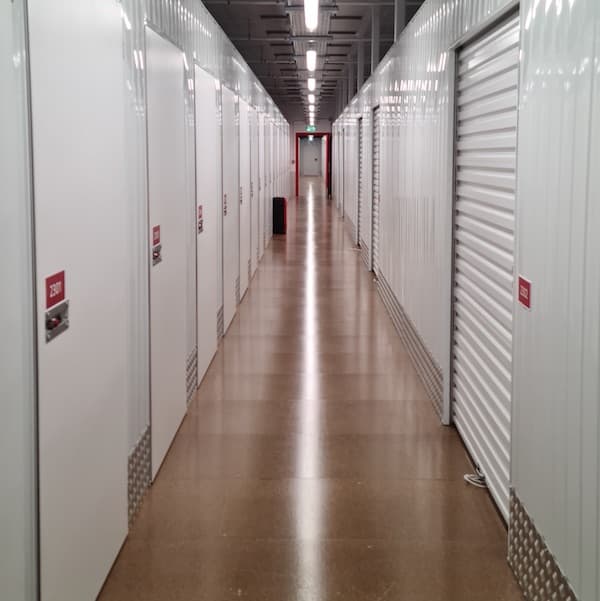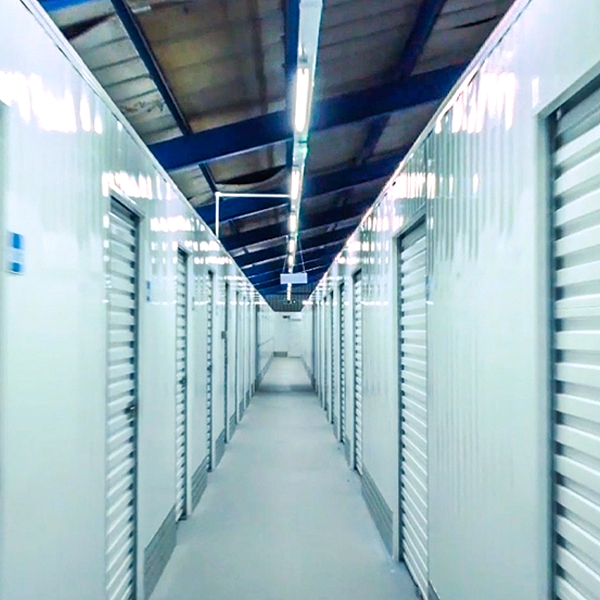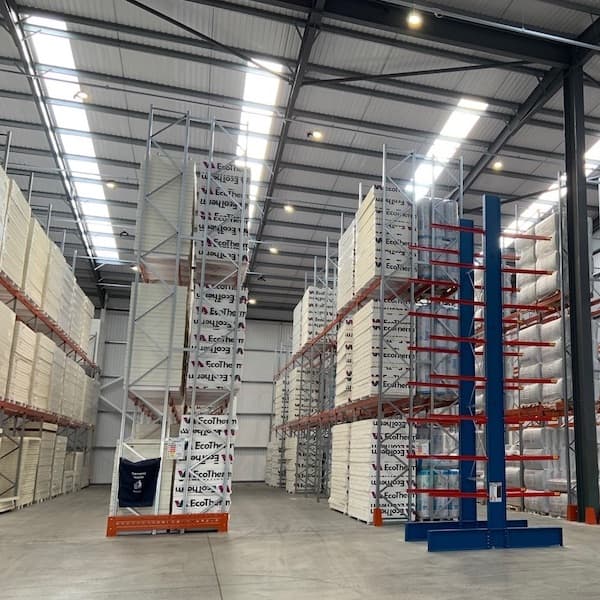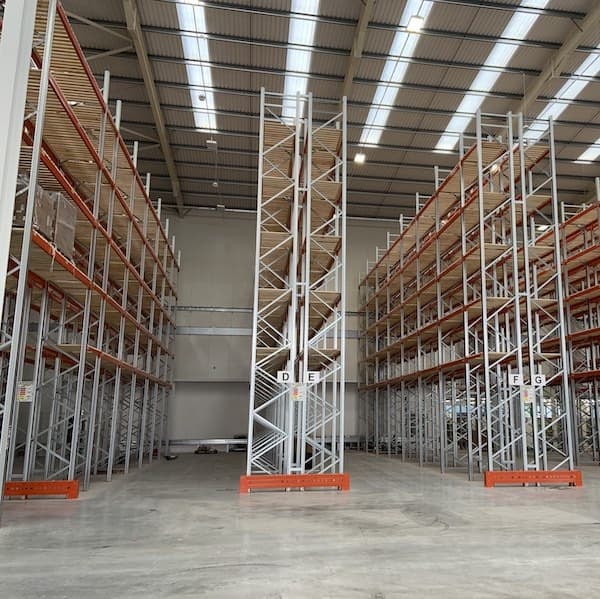- Mezzanine Floors
- Solutions
- Multi-Tier Mezzanines
- Mezzanine Pallet Safety Gates
- Mezzanine Staircases
- Mezzanine Handrails and Balustrades
- Mezzanine Decking
- Fire Protection for Mezzanine Floors
- Mezzanine Lift Shaft Design and Installation
- Resources
- Mezzanine Floor Calculator
- Mezzanine Floor Regulations and Building Control
- Self-Storage Mezzanine Floors
- Self-Storage Units
- Resources
- Self-Storage Site Selection Information
- Calculating The ROI of Self-Storage Conversions
- Planning for Automation in Self Storage
- Racking & Shelving
- Services
- Racking Design
- Racking Manufacture
- Racking Installation
- Racking Inspections
- Retail Racking And Shelving Systems
- Solutions
- Cantilever Racking
- Pallet Racking
- Coil Racking
- Longspan Shelving
- Tyre Racking
- Kimer Racking
- Live Storage Racking
- Drive In & Drive Through Racking
- Clip Shelving
- Mobile Shelving
- Custom Fabrications
- About Us
- USS Case Studies
- Self-Storage Fit-out For Raked Ceiling Building
- Mezzanine And Staircases For Entertainment Venue
- New Mezzanine And Staircases For Major Retailer
- Mezzanine Pallet Safety Gate
- Self-Storage Fit-Out Project For Brand New Facility
- Warehouse Racking, Wire Mesh & Shelving for New Warehouse
- Self-Storage Partition System & Components Installation
- Self-Storage Store Mezzanine And Staircases
- Multi-Tier Mezzanine For Logistics & Distribution Facility
- Warehouse Plant Platform
- Self-Storage Facility Space Expansion
- Mezzanine Floor For Distribution Warehouse
- Bespoke Feature Staircase & Mezzanine
- Single Level, Multi-Use Mezzanine
- Mezzanine For A New Building
- Mezzanine Floor For Plumbing Supplies Warehouse
- New Racking System and Mezzanine Floor
- Car Park Conversion To Self Storage Facility
- Pallet Racking and Cantilever Racking For Warehouse
- Two Mezzanine Floors For Self-Storage Facility In Birmingham
- Our Accreditations
- Contact Us
- USS Case Studies
- Management firm Heitman teaming up with Space Station to buy Rent-a-Space in Shrewsbury
- Padlock Capital Partners acquiring Huntingdon Self Store in a deal worth £5.125 million
- HIG Capital acquiring the five-store Titan portfolio
- Mayfair Capital acquiring the Storage Team portfolio of 2 assets
- Legal and General acquiring 4 Sure Store assets
- In the quarter to the end of October 2021, Safestore’s revenues rose by 11% to £57milion
- In the six months up to September, Big Yellow’s revenues rose 15%, and pre-tax profits were up 16% to £54.6million
- In the year to July, Lok’nStore revenues increased 23% to £27million, while earnings before interest, tax, depreciation, and amortisation rose 38% to £16.4million
The Latest Blogs From USS
How to Determine the Potential ROI of a Self-Storage Conversion
read

If you’re thinking of investing in a self-storage conversion, then, of course, the key metric you’ll be considering is the return on investment (ROI) you can potentially expect. Clearly, this will depend on the individual details of the conversion in question, but it will also reflect broader trends across the industry.
The annual Self Storage Association Report brings together a raft of statistics that take the temperature of the self-storage industry across the UK. The latest 2022 edition covers data from 2021. It paints a sector that prospered during the COVID-19 pandemic and looks to continue growing, unlike many other property-based businesses. We covered many of the key statistics featured in the report in a previous article but perhaps of the most interest in terms of investment opportunities in self-storage was the section on significant deals which had taken place across the industry in 2021 and early 2022.
The survey of the year included the fairly predictable deals which saw more prominent players in the industry acquiring smaller names (such as Shurgard acquiring the A&A portfolio of four assets and Cityspace’s converted basement car parks in central London). However, it also featured several cases in which institutions such as real estate investment management firms and private equity companies had moved into the self-storage arena. Their examples for these included:
Investments of this kind indicate that corporate bodies who take generating a return on investment very seriously recognise the self-storage sector’s potential. Asset managers SwissLife, writing in December 2022, pointed out the strength of the self-storage sector as a so-called ‘alternative investment’, one which can attract investors thanks to the underlying strength of the market fundamentals. In layperson’s terms, this means that demand for self-storage in the UK continues to grow at a pace which outstrips supply. As the article by SwissLife points out, changes in the retail landscape have led to consumers supporting small- to medium-sized retailers who can supply goods online at prices that reflect the lack of overheads. These retailers often draw on self-storage units to keep their inventory closer to consumers more flexibly and less expensively than traditional warehouse storage.
The figures for UK businesses that are using self-storage reflect this view. These figures show that 63% have fewer than three employees and 84% have fewer than ten. The article further stated that demand from domestic customers continued to rise, leading to a situation in which occupancy rates hit a new high of 83.3%. Despite this, there is still an undersupply of self-storage in the UK, particularly when contrasted with a more mature marketplace like the US, with a per capita availability of 9.44 square feet of storage. In contrast, this figure is only 0.73 square feet in the UK.
Solid Demand, Steady Income Streams and Sizeable Operating Margins
 This gap between supply and demand is where investment opportunities arise. For those investors who get it right, the self-storage sector offers a combination of solid demand, steady income streams and sizeable operating margins.
This gap between supply and demand is where investment opportunities arise. For those investors who get it right, the self-storage sector offers a combination of solid demand, steady income streams and sizeable operating margins.According to a recent feature in the Financial Times, the boost provided to the concept of self-storage by the pandemic pushed up the compound annual rate of earnings growth enjoyed by the self-storage companies listed on the stock exchange up from 10% to more than 12%, while stock prices of those companies were boosted to 35 times the expected earnings.
Shares slipped back a little since then as the pandemic receded, but the growth remaining in the sector reflects in the results posted by the more prominent players:
To calculate the potential ROI of a self-storage conversion, you need to look at a range of factors. The first step involves analysing the location to ensure that the self-storage units you plan to install will find sufficient demand. Take a look at any existing self-storage facilities and the size of those facilities, and make sure that there is a sub-optimal amount of storage space already on offer. As stated, the average in the UK is 0.73 square feet per capita. Anything less than this in the area in question will indicate a captive market waiting to be tapped into. Anything higher than five square feet in a still-developing market like the UK may indicate an overcrowded location. It may be to your advantage, counter-intuitively, to have some existing self-storage presence in the location, as this will help to give a better idea of the potential business to be had.
The building itself will be the next key factor, particularly the number of self-storage units you’ll be able to fit in the building. By employing the expertise of a self-storage fit-out expert, you’ll be able to draw up a plan that maximises the space available; you can combine this with your market knowledge and research to decide the mix of unit sizes. For example, smaller units will probably be more profitable if you’re targeting domestic customers, while commercial clients may be looking for larger storage space. By drawing up detailed plans of the storage units, access corridors, doors, stairways if needed etc., you’ll be able to arrive at a figure for the net rentable square feet of storage you can fit into the building.

Once you know how many square feet you’ll be hoping to rent, you can start to check out any local competition (or competitors in similar locations) to see what kind of rental rates the market can support. This research is quickly done online in the modern era, but you might want to check out some of your rivals in person to get a feel for exactly what they offer for the price – how clean are the units? What level of security do they provide, and how is this achieved? Can the units be accessed around the clock etc.? The price they are charging will only really make sense when you understand the quality of the product, enabling you to pitch your costs by either undercutting them on price or charging more for a better quality product. Again, the demographics of your location will go a long way toward deciding what kind of price you think you can get.
The amount of income you can expect to generate during your first year of operation will, at this stage, be a guess based on your estimate of the occupancy rate you’ll achieve. Be realistic and accept that something in the low eighties (the UK average) may take some time to achieve and build a model of occupancy that sees the rate building gradually month-on-month. On the debit side of that equation, you’ll have the costs of the original conversion and any ongoing overheads.
One thing that makes self-storage such an appealing investment opportunity is the relative lack of overheads, and basics such as utility bills and any employee costs can be factored into the rental rate.
Investing in certain things, like automated booking and access and online payment for clients may cost a little more initially but will deliver lower overheads and a more appealing offer. The same applies to a marketing budget aimed at the kind of channels consumers are most likely to find self-storage. According to the SSA report, the overwhelming method via which clients find self-storage is via a website - 75% - followed by signage at 9% and referral at 6%. If you haven’t already factored in building a user-friendly website that displays your prices and makes it easy for clients to book a unit, this is the time to do so. These factors add to the cost of your initial investment, but you will hugely bolster the potential return on that investment.
This blog is for information purposes only and should not be construed as legal or financial advice and not intended to be substituted as legal or financial advice.
This blog is for information purposes only and should not be construed as legal or financial advice and not intended to be substituted as legal or financial advice.
Find Us
S & L United Storage Systems Ltd
United House, The Street
Takeley, Bishop's Stortford
Hertfordshire, CM22 6QR
Company No. 1313816
VAT No. 291616253Say Hello
01279 871 787Copyright © 2025 S & L United Storage Systems Ltd. All rights reserved.
- About Us






